Despite the fact that romantic-comedy has been one of the most successful and long-lasting genres in film history, it’s not everybody’s cup of tea. This could be due to the genre’s various tropes, which are so abundant that entire parody movies have been made about them. It could also be because they often contain a kind of romantic optimism rarely as ideal or fairytale-like as real-life relationships, though there are plenty of great romantic comedies that are keenly aware of this.
While the romantic comedy is almost always a sure thing at the box office, it’s unsurprising that a movie as odd and offbeat as Harold and Maude was neither a hit with audiences or critics when it was released 50 years ago in December of 1971. In the years since its release, the film has become a cult favorite (it played at one theater in Minneapolis for three years straight), which both reflects the era it was released in and transcends it. In the process, Harold and Maude has also been the ideal romantic comedy for those that often avoid romantic comedies, often subverting all of the genre’s trademarks while also embracing the kind of romantic sweetness that you couldn’t get in any other genre.
What Is 'Harold and Maude' About?
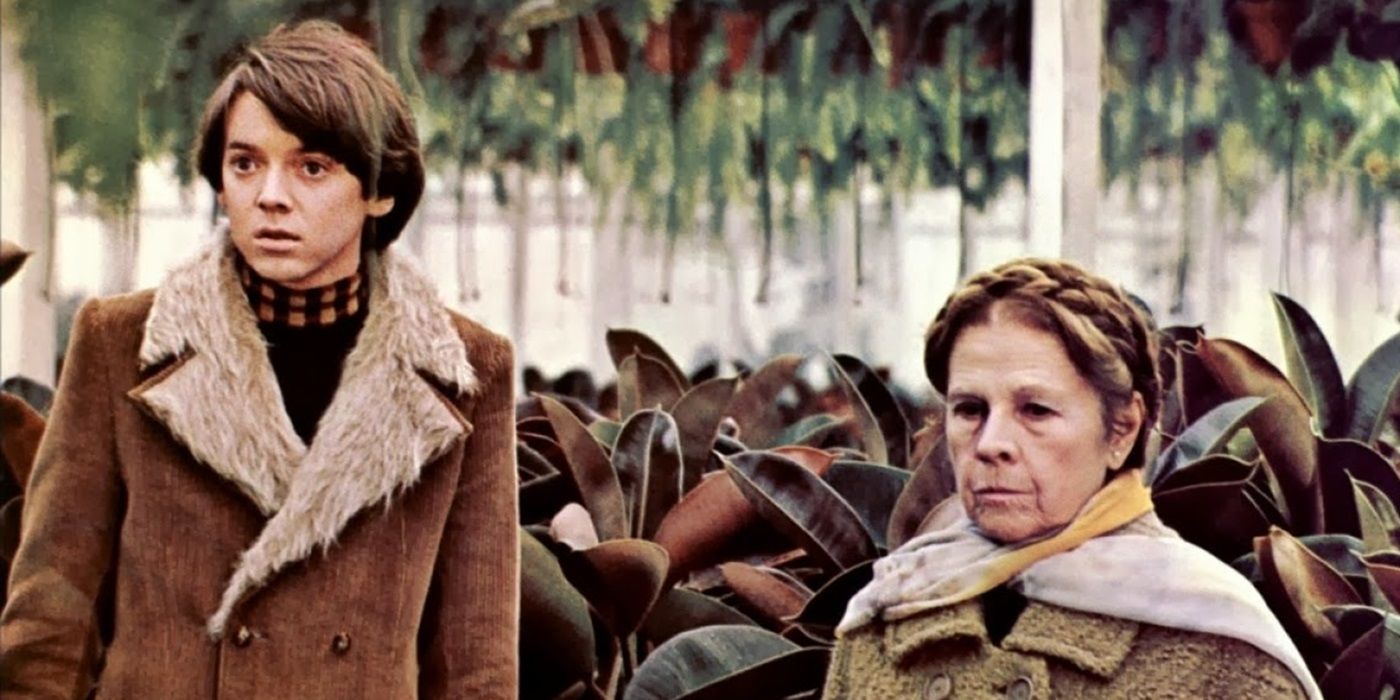 Image via Paramount Pictures
Image via Paramount Pictures Let’s start with the reason some people love Harold and Maude while others find it offputting. On paper, a movie about a young man in his early 20s falling in love with an older woman pushing 80 does in itself sound… a little creepy. However, the movie announces almost immediately that it inhabits a kind of absurdity that never begs you to consider that you’re watching a love story that's supposed to be realistic, even if far stranger romances have happened in reality.
The opening scene sees Harold (Bud Cort) setting up one of his elaborately staged fake suicide attempts, which sees him hanging by a noose before his unfazed mother (Vivian Pickles) tells him to get down from there while Harold makes overwrought gagging noises. From there, we get to know that Harold clearly has a death obsession, as he also enjoys going to funerals (of people he didn’t know) while his fake suicides get even more over-the-top and ridiculous as his mother tries to set him up with a suitable girl to marry. However, a giant wrench is thrown into these plans when Harold meets Maude (Ruth Gordon) after spotting her similarly observing several funerals, and the two start hanging out while embracing how much they enjoy each other’s company.
There isn’t anything sexual about their relationship for the majority of the movie. There’s the obligatory meet-cute, which fittingly takes place at one of the funerals Harold and Maude have both ended up at, which feels a bit like the loner version of the meet-cute at a bookstore or art gallery that you’d see in a more conventional romantic comedy. Then, for much of the movie, we see the two of them driving around (in various cars Maude has stolen) to different cemeteries and vast stretches of outdoor greenery where they have these light-hearted conversations about the best ways to live one’s life.
'Harold and Maude' Portrays an Age-Gap Relationship Tastefully
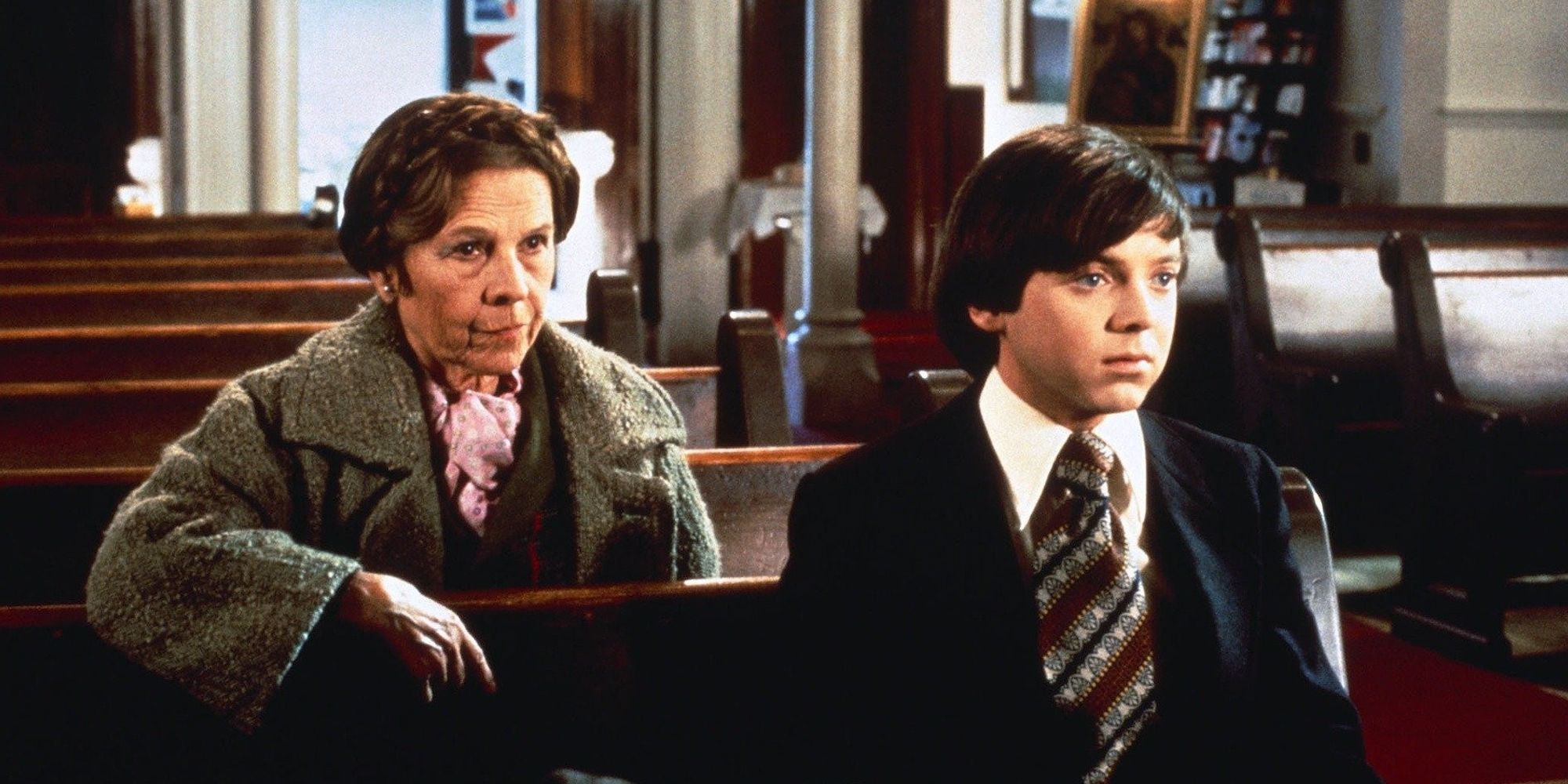 Image Via Paramount Pictures
Image Via Paramount Pictures The fact that Harold and Maude are so similar but so slow to embrace a romantic relationship makes them feel more like kindred spirits on different ends of their journeys than a couple who are meant to be together forever. That said, the relationship does turn romantic eventually, though the way the film navigates this taboo-breaking subject matter always feels surprisingly tasteful. Along with the film’s sly tone that strikes a balance between dark and light, it’s another reason why Harold and Maude miraculously works for those willing to get on its wavelength.
Maude being the older counterpart in this age-gap relationship is also significant and relevant, especially in today's media. While still creepy, it used to be generally accepted for an older man to be in a relationship with a younger woman. It is only recent that the "youthful" beauty expectations of women and the potential predatory intentions of older men are being drawn under the microscope. So Harold and Maude's gender role reversal, coupled with the film's delicate touch, their relationship rings with an authenticity and poignancy that actually surpasses romance.
Whenever we do see the woman embody the older person in the relationship, it is generally regarded in an uncomfortably sexual way. From designations of "MILFs" and "cougars," we are positioned to perceive them as objectified, vulgar or manipulative, one of the prime examples seen in American Pie. It is only recently that we are seeing a potentially genuine portrayal of older women in relationships, with Anne Hathaway in The Idea of You falling into a whirlwind romance that is usually reserved for younger female leads. As such, the distinct lack of sexuality and abundance of frivolity in Harold and Maude's relationship is important to break down these stereotypes. It is also worth noting that their evolving relationship is really a vehicle for a dissertation on how to approach life, making the film perfect for people who would rather side-step romance.
'Harold and Maude' Are More Than Character Archetypes
Another thing that inevitably ties Harold and Maude to the romantic comedy genre is how much both of its titular characters embody and subvert the kind of archetypes that have become synonymous with the genre. It’s been noted that Maude is in many ways a proto-“manic pixie dream” girl, even if she’s old enough to be the grandmother of your typical manic pixie dream girl. She's the kind of idiosyncratic free spirit that has an affinity for daisies, invented her own odor-emitting machine, and has a vague history of fighting for justice and equality.
However, the beautiful juxtaposition in Maude's characterization also lends to the conversation around older women in the film industry. She is precariously close to death and wholeheartedly embraces it, yet her character is so brazenly death-defying as she recklessly screeches around in stolen cars and approaches her end with such contagious vitality. It is such an acutely refreshing way to portray an older female character, especially when considering the sad reality of older female actors having fewer opportunities as time goes on. They are limited to certain roles that only appear sporadically and are certainly never considered as a female lead for a rom-com. The film even addresses this, as when Harold declares his intentions of marrying Maude, we are faced with many abhorrent and disrespectful descriptions that we certainly cannot reconcile with the ball of life we have come to know.
Meanwhile, Harold feels like a more extreme version of the typical guy that we follow in a romantic comedy — stuck in his anti-social ways, just waiting for some woman to come along and give him a new lease on life. Though here, the new lease on life is quite literal, as this woman who has tried to live life to the fullest gets Harold to become interested in things other than death, even if it remains a rewarding hobby. But just as hard as his character leans into that archetype, he also subverts it. Compared to Maude, who rushes headlong into what life can offer her, Harold slouches in his passivity and allows her to lead the way. This passive-active dynamic is usually reversed, especially as we see the female lead undergo some kind of "makeover." But here, Harold slowly gains agency, as he gradually discerns how he would like to spend the remainder of his life.
'Harold and Maude' Feels Modern For a '70s Rom-Com
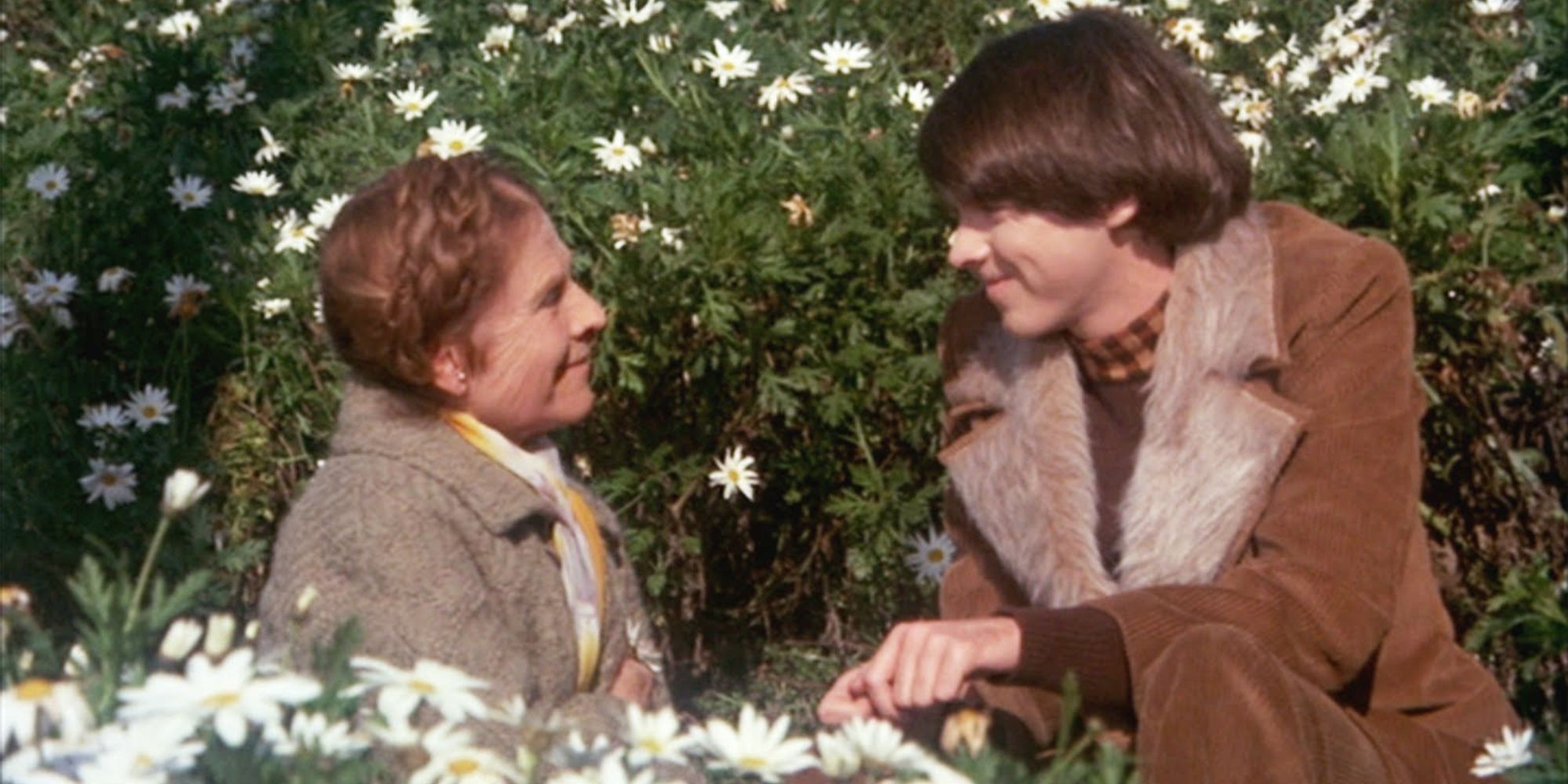 Image via Paramount Pictures
Image via Paramount Pictures Apart from Bud Cort and Ruth Gordon’s singular performances, a huge reason Harold and Maude is able to perform this high-wire act of being both darkly funny and sneakily touching is the combination of Colin Higgins’ sharp script and Hal Ashby’s direction. Harold and Maude was a passion project and a calling card for Higgins, as he developed the script while going to UCLA film school, and the film would lead to Higgins becoming an in-demand comedy writer/director with later hits like 1976’s Silver Streak and 1980’s 9 To 5.
Higgins originally wanted to direct Harold and Maude, but his inexperience led to the hiring of Ashby (Shampoo, Coming Home) whose status as one of the premier directors of ‘70s counter-culture movies makes him a perfect fit for this material. Ashby and cinematographer John Alonzo shoot the parts of Northern California that the film is set in like something out of a foggy dream, while the inspired use of Cat Stevens’ music adds a touch of melancholy and whimsy to the film without defanging its acerbic bite. This heavy use of a pop soundtrack makes everything feel surprisingly modern, especially when combined with the film’s droll visual style and stilted comic rhythms that don’t feel all that typical of its era.
Or maybe Harold and Maude feels particularly modern because a number of modern comedy directors were influenced by it. Harold and Maude has always been an essential touchstone in Wes Anderson’s style, which is especially easy to spot in Rushmore, which not only uses the same young man and older woman dynamic, but also uses Cat Stevens in its soundtrack. Judd Apatow has also long hailed Harold and Maude as a personal favorite, which is a little less easy to spot in his movies, though is pretty easy to recognize from the fact that Apatow named one of his daughters Maude.
Since you could easily argue that these are two of the most prominent comedy directors of their generation (not that big-screen comedies are in the greatest place right now), it just goes to show how low-key influential Harold and Maude has been on the romantic comedy genre and beyond. It feels like a fitting fate for a film about a woman whose presence will be felt long after she’s gone, since sadly both Ashby and Higgins passed away far too young in the late ‘80s, but the strange reverberations of Harold and Maude will continue to be felt for a long time.
Harold and Maude is available to stream on Paramount+ in the U.S.


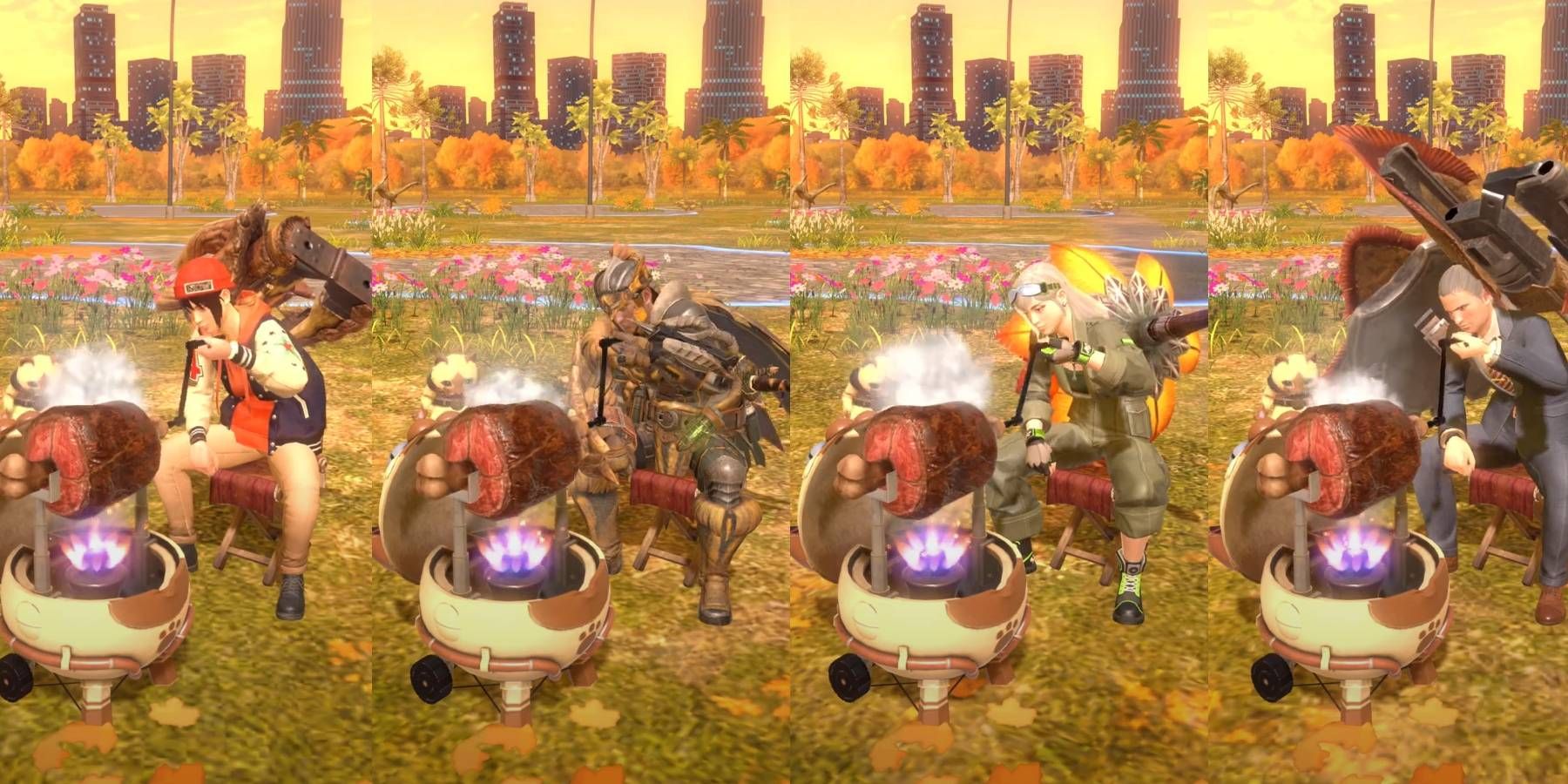

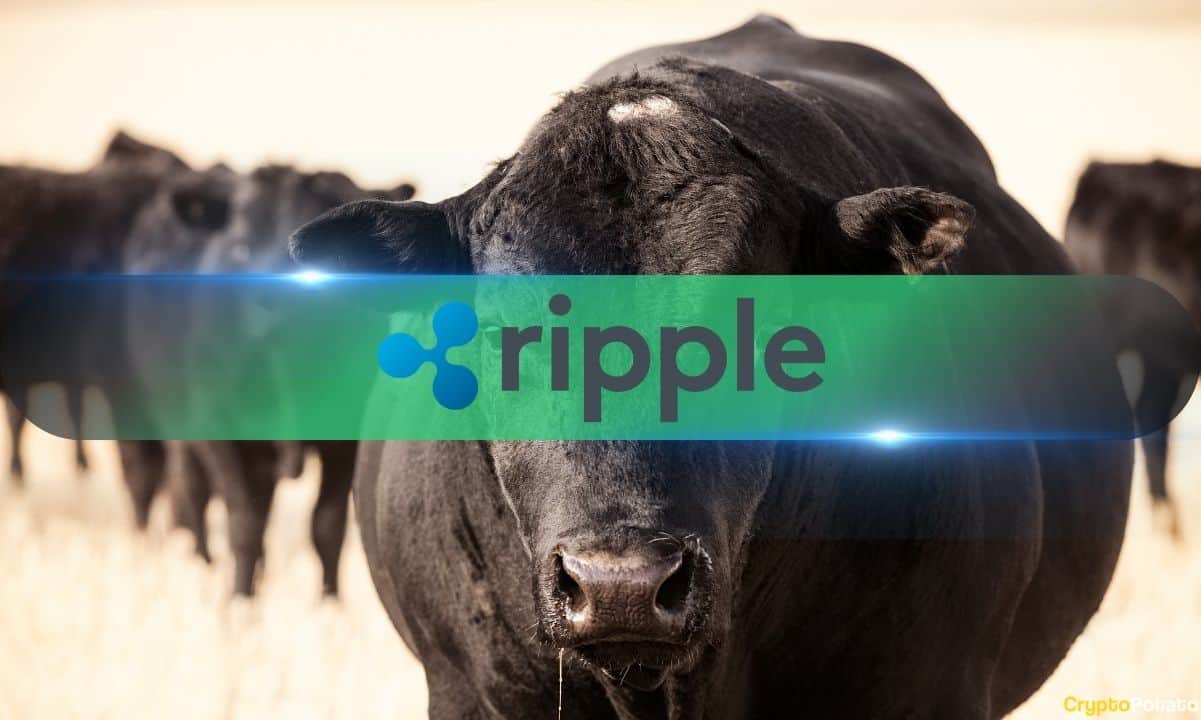
/cdn.vox-cdn.com/uploads/chorus_asset/file/24371439/236492_MacBook_Pro_16__2023__AKrales_0247.jpg)

:quality(85):upscale()/2024/09/09/791/n/49351773/91e1c31e66df37933d9bf8.44427956_.jpg)

 English (US) ·
English (US) ·